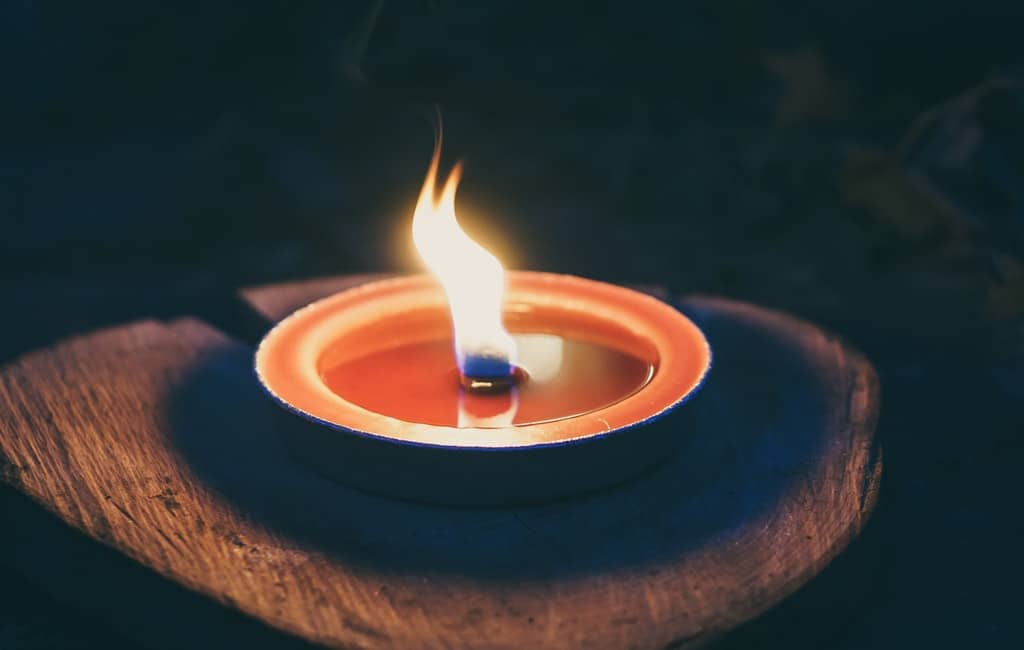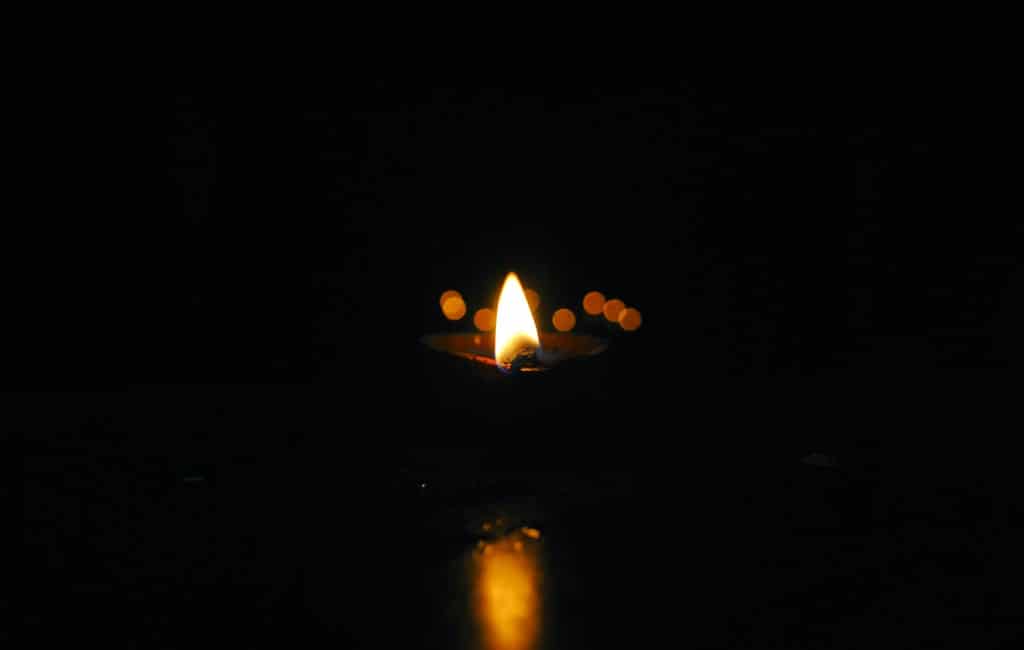The earliest forms of candles were made thousands of years ago by boiling down tallow or fat gotten from the carcasses of cattle and other livestock. In ancient times, candles were also made from other materials such as fat obtained from aquatic mammals such as whales, in certain parts of the world, and candles made from insect bodies rolled up in some kind of paper which would then be lit in order to provide illumination. Nowadays, candles are becoming increasingly popular and with so many options available, the question of everybody’s mind is: “How difficult is it to make candles?”
HOW DIFFICULT IS IT TO MAKE CANDLE?
The process of making candles is a fairly simple affair, provided the right tools and materials have been made available. The art of candle making is an ancient one that is thousands of years old. And although this process has been improved upon over the course of millennia, the general principles of candle making remain the same, and this basically means is that the basic parts of candles that need to be created in order to form the entire thing – that is, the candle wax and the wick – still remain the two major parts of a candle, despite the fact that several thousands of years have passed since candles were first invented.
This is because candles operate on a very simple principle which is the same principle that all flames or fires – no matter how small – operate on; which is the fact that no fire can burn in the absence of fuel. In the case or, rather, simple mechanism of candles, the candle wax provides the fuel source which it releases for use when the candle is lit and it begins to melt. The candle wick then absorbs the melted wax, soaks it up and feeds it into the flame so as to sustain the flame. This is the reason why two of the most important materials used in making candles are the candle wax and the wick. Other important materials include heat-proof containers, chopsticks, a thermometer, fragrance oil, a spatula and a double boiler. The process of making candles is relatively simple and it includes the following procedures:

- Measuring the wax
The first process in making candles is to measure the candle wax. Candle wax is a very important part of candles whose importance cannot be overemphasized. There are different types of waxes suitable for use in candle making. They include tallow wax from fat obtained from the carcasses of slaughtered cattle and livestock, beeswax, paraffin wax and so on. The amount of wax to be measured must be twice the quantity of wax required to fill one heat-proof container.
- Melting the wax
The next step is to melt this wax. The wax can be melted by pouring it into the double boiler and heating it for up to 15 minutes while stirring continuously, in order to melt it completely. The wax must be melted properly in order to form candle wax of high quality. It must also be stirred properly in order to prevent the formation of lumps and clumps which may affect the melting property of the finished product as well as its stability and structure.
- Adding fragrance or perfume oils
Following the proper melting of the candle wax, fragrance oils should be added to the melted candle wax. The fragrance or perfume oil or oils should be added in the right quantity in accordance with the instructions stated on the packet of the wax or according to the formula or recipe in use.
- Attaching the candle wick
After the fragrance and perfume oils have been added into the melted candle wax in the right quantity and stirred properly, the wick of the candle should be inserted or attached next. The proper way to attach the candle wick is to dip it into the melted wax on the double boiler before quickly attaching it to the bottom of the desired container, wherein the candle wax would be poured. Another method of attaching the wick to the bottom of the container is to use super glue to hold it firm.
- Pouring the melted wax
Following the attachment of the candle wick, the melted candle wax can be poured into the container. However, before pouring, it is extremely important to use the thermometer to check the temperature of the candle wax. The candle wax must be at about 140 degrees. Usually, the melted candle wax reaches this temperature when it has been left to cool for a few minutes. Additionally, the candle wax must be poured slowly into the container, in order to prevent the formation of air bubbles which reduce the quality of the finished product formed at the end of the candle making process.

- Securing the wick in the wax
After pouring the candle wax into the container, the entire mixture should be left to cool and solidify. However during this cooling process, it is very important for the wick to be held secure, so that it would not move around in the solidifying candle mixture while it is still cooling inside the container. The best way to do this is by making the wick stand firm between two chopsticks or pencils, which make the wick stand upright in the solidifying candle wax for at least 4 hours.
- Adding more candle wax
At this stage, more candle wax should be added to the mixture in order to fill up the container. It is important to know – at this phase – that is okay to reheat the candle wax if it solidifies with cracks on the surface of the candle. After adding more wax, allow it to cool and solidify.
- Cutting the wick
Finally, after the candle wax has finished forming, cooling and solidifying, the next important step is to trim the candle wick. The candle wick should about 3/4 of an inch in length, so that the flame can burn cleanly; with as little amount of soot as possible. Trimming is also necessary in order to encourage the proper melting of candles, as well as to prevent the formation of mushroom or dome-shaped wick during the burning process; which can result in tunneling.




